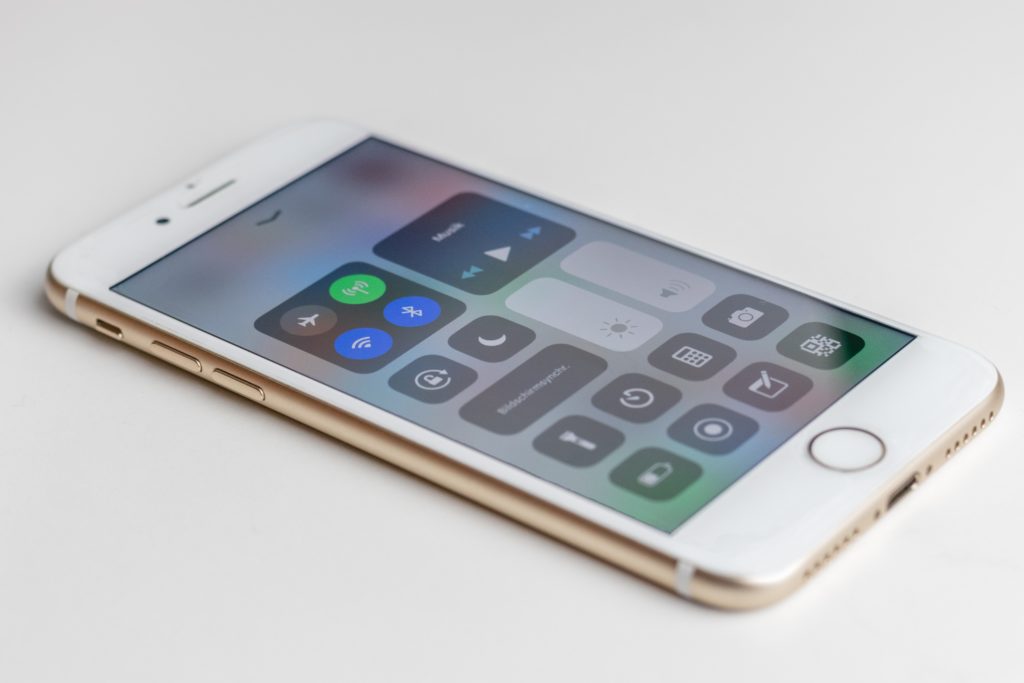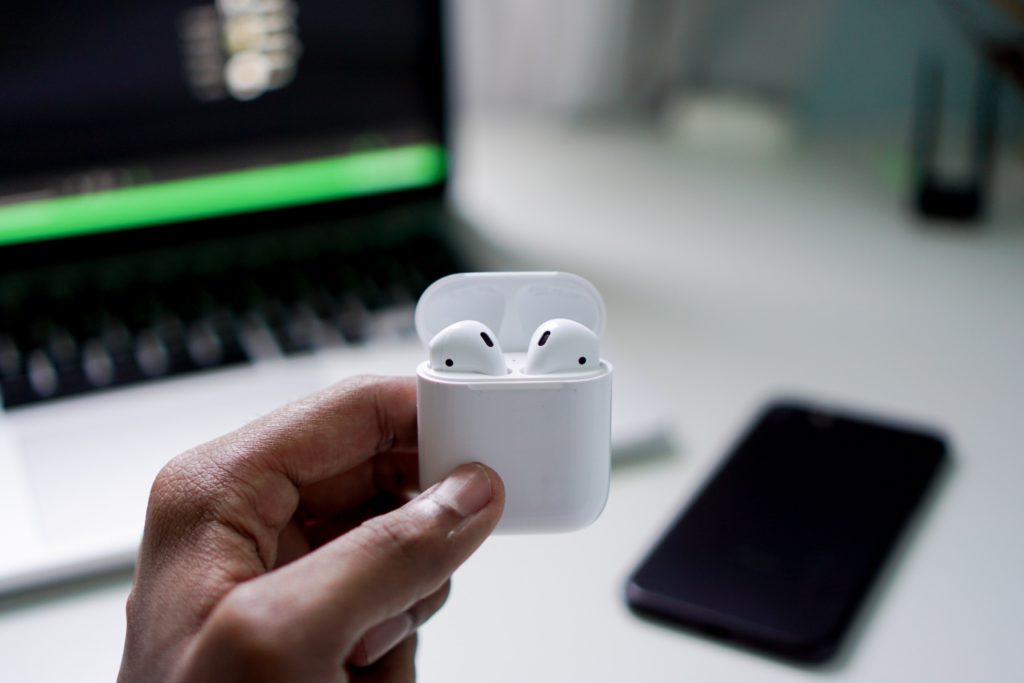Welcome to our sixth Pivotal Moments blog. If you follow us on social media, you’ll know what this is all about. To paraphrase Confucius, it’s only by knowing where we’ve been that we can know where we’re going.
“Study the past, if you would divine the future.”
Confucius
Advancements in technology have changed the way we live our lives, and there’s no doubt about it. But the best kind of technology is often the sort that runs in the background with no fuss. Most of the time we don’t quite understand how it works, only that it’s crucial to the ease and simplicity of our world.
Wireless Bluetooth technology is much like that. I’m writing this on a Bluetooth keyboard, using a Bluetooth mouse. My headphones use Bluetooth, as does my smartphone. Without this crucial bit of technology, my day to day would be far fiddlier.
When Bluetooth was thought up, perhaps its creator didn’t understand how reliant the world would become on his technology. But we are, and that’s what makes its creation such a fascinating story.
Early Years
Jacobus Cornelius Haartsen, known as Jaap to his friends and colleagues, was born in Hague in the Netherlands in 1963. He studied Engineering at Delft University in 1986, where the Dutchman received his degree with honours.
Briefly working for Siemens and Phillips in his early years, he returned to his studies in 1990 and gained a PhD with honours, again from Delft. His thesis was titled “Programmable Surface Acoustic Wave Detection in Silicon: Design of Programmable Filters”. Though quite a mouthful, it’s clear to see that at 27, Haartsen was already on track.
In 1989, Haartsen was working for the Swedish telecommunications giant, Ericsson, when their CTO, Nils Rydbeck, made a suggestion.
The CTO wanted to develop a short-range radio technology – and this soon became Haartsen’s goal too. He wanted to create a device that was digital, wireless and could support both digital and visual data.
When Ericsson shifted from the US to Sweden in 1993, Haartsen followed. It was there he first developed the idea for Bluetooth.
The Pivotal Moment

In 1994, Haartsen took on a project related to indoor wireless systems and attempted to find a way to enable short-range radio connections. This was the system that he eventually developed to become the Bluetooth technology we use every day.
Named for the Viking king that united Norway and Denmark in the 10th century, Bluetooth was designed as a replacement for RS-232 telecommunication cables. Though this is similar to the modern Wi-Fi in frequency, Haartsen designed Bluetooth to be shorter in range and to use less power.
Haartsen and his team developed a chip that took up little space and battery power, but had a wide variety of uses. But there were issues with the first version of Bluetooth. Address broadcasting was compulsory, which caused anonymity issues.
There were connection problems and problems with data speeds. The original version couldn’t reach more than 10 metres in distance, but bit by bit, the capabilities grew.
These days, one of the most common uses of Bluetooth is for audio products. But originally it wasn’t designed for music, due to the 721Kbps speed – it wouldn’t have even been able to produce CD-quality audio.
In 1997, IBM approached Ericsson to discuss integrating new technology into their own. The result of this was that their ThinkPad A30 notebook computer and the next Ericsson phone release (the T36) included Bluetooth. But since neither company were big players in their respective markets, the decision was made to make the technology open-source.
How Bluetooth Technology Grew
In 1998, Haartsen was instrumental in the creation of the Bluetooth Special Interest Group (BSIG) and served as their Chairman until 2000.
BSIG worked to standardise Bluetooth interfaces and to obtain the much-needed approvals for worldwide use of Bluetooth technology. BSIG soon had IBM, Ericsson, Nokia, Toshiba and Intel onboard.
Since its creation, Bluetooth has continued to grow and evolve, retaining almost complete backwards compatibility as it’s done so.
These days, it is the gold standard in wireless data transfer and is standard on most smartphones manufactured. Capable of file sharing, device pairing, tethering internet connections – and all while using very little in the way of power.
How is Bluetooth Technology Still Relevant?

Most of us have used technology with Bluetooth at some point. You’re probably using it right now. Its impact on communication and data transfer has been monumental, making everyday tasks easier, simply because it uses no mobile data to transfer files.
Wireless Bluetooth capabilities have pushed the technology industry to expand, producing previously impossible devices. Wireless headphones, speakers, game controllers, keyboards, mice and more are all a testament to the usefulness of Haartsen’s creation.
Though even modern Bluetooth technology has its limitations, the flexible ways in which it can be used have been its greatest asset. By the end of 2018, as many as 10 billion Bluetooth devices had been shipped around the world.
Since it’s such a low energy product, it has the potential to continue growing as a technology, and functions as a driving factor for the furthering of technology in not only smartphones but many other areas.
All in all, it’s done pretty well for a technology that’s only been around commercially since 1998. Whether you’re running an eCommerce store or rushing to college, Bluetooth is likely an integral (if not subtle) part of your life.